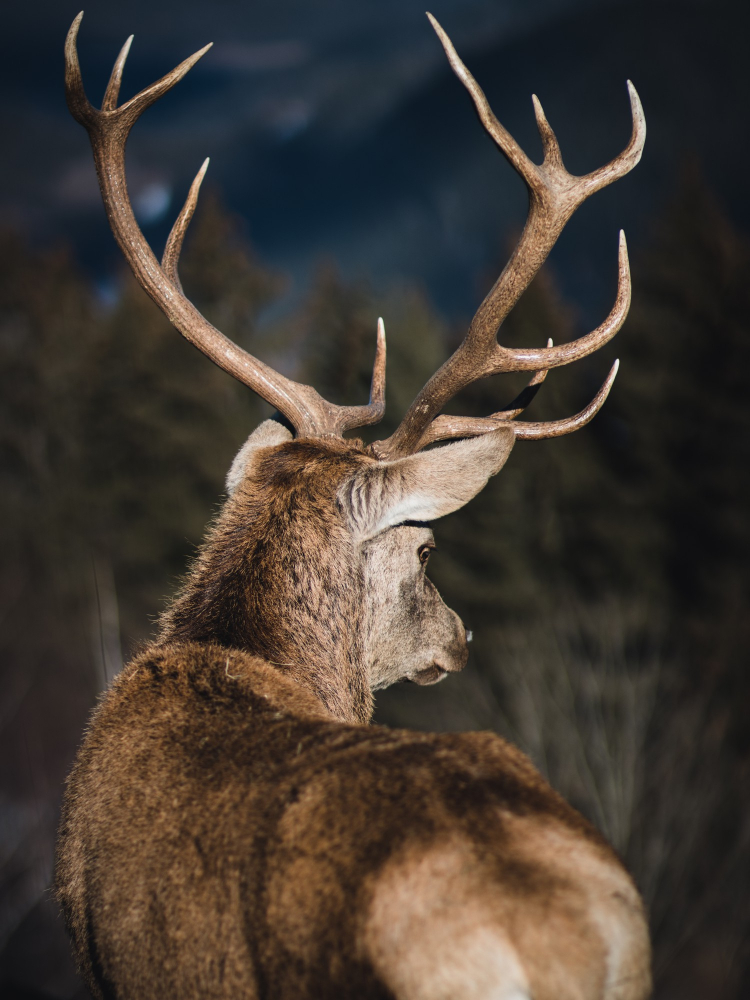It's been years that deer harvesting on Vancouver Island has become a way through which people, especially indigenous people, earn their meat. It is one of the main sources of food and, in some cases, clothing. British Columbia is home to three subspecies of deer:
mule deer,
white-tailed deer, and fallow deer. White-tailed deer don't inhabit Vancouver Island, but they have been seen in some specific regions of BC, such as valley bottoms in the Kootenay and Okanagan regions.
Mule deer has three subspecies:
Columbia black-tailed deer,
Sitka black-tailed deer, and
Rocky Mountain Mule Deer. Vancouver Island is the habitat of the first two subspecies of mule deer and fallow deer. Rocky Mountain mule deer are inhabiting Rocky Mountain.
There are no significant differences between Rocky Mountain mule deer and other subspecies of mule deer. Rocky Mountain mule deer are found in the Western Great Plains, the Rocky Mountains, the southwest United States, and on the west coast of North America.
British Columbia is home to the most significant contributors of mule deer globally, of which a considerable percentage inhabits Vancouver Island. According to
Wild Safe BC, about 20,000 to 25,000 mule deer inhabit the northern parts, and the rest (about 165,000) live in the interior parts of BC. Mule deer are identified easily due to their mule-like ears; also, the shape of their ears was why they are referred to as mule deer in the first place. Their coat is greyish-brown, and they are bigger than the other two species of deer (i.e., white-tailed deer and fallow deer).
